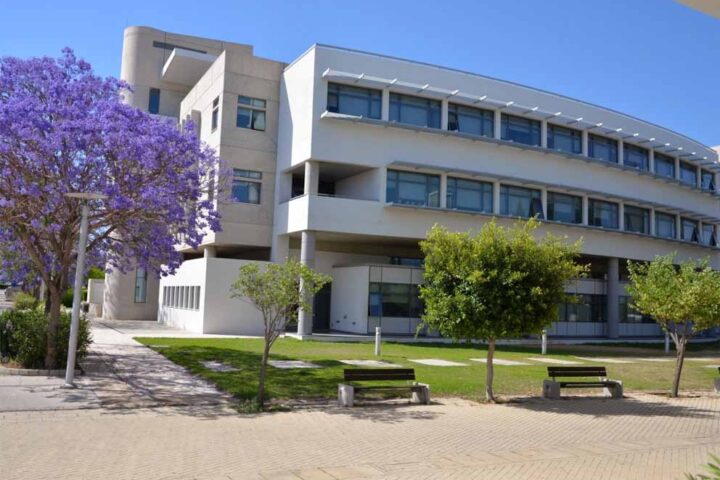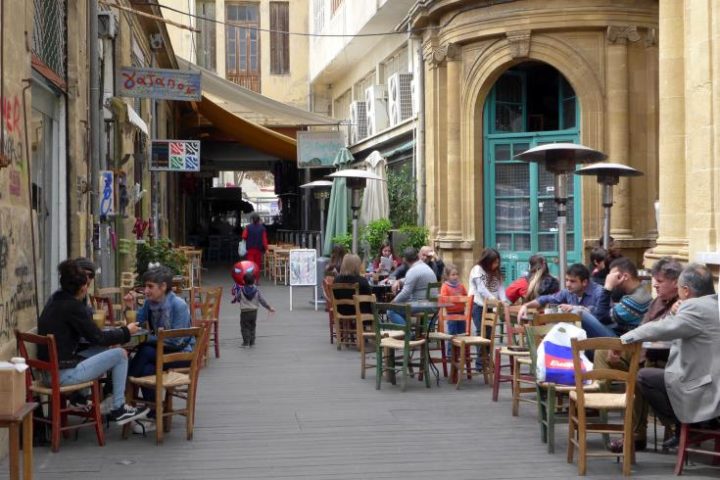Given prevailing economic conditions and the turbulence in the Cyprus banking system, there were few property transactions in the fourth quarter of 2015, although volume was higher on a year on year basis, according to the RICS Cyprus Property Price Index.
 Local buyers in particular were the most discerning as unemployment remains at high levels and the prospects of the local economy maintained the lack of interest.
Local buyers in particular were the most discerning as unemployment remains at high levels and the prospects of the local economy maintained the lack of interest.
Furthermore, those interested are trying to access bank-finance, the report said.
However, as regards the economy in general, the fourth quarter showed some signs of stability, with the economy’s performance being better than expected and tourism mildly outperforming forecasts. Unemployment remained at a historical high level, but stabilised at about 14%, and discussions were ongoing regarding privatisations of state-owned enterprises.
The Property Price Index has recorded falls in most cities and asset classes, while the rate of decrease is less than previous quarters. In addition, some Districts and asset classes indicate signs of stability as Paphos, Larnaca and Famagusta are progressively bottoming out.
Across Cyprus, movements in property prices appear mixed as residential prices for flats fell by 0.5% and 0.1% for houses. The biggest drop being in Limassol (1.4% for flats) and in Nicosia, with a 0.8% decrease for houses. An increase of 2.9% for offices was noted in Nicosia.
Values of warehouses fell by an average 2.3%, retail properties were stable at the same level, and offices increased by 0.7%.
Compared to Q4 2014, prices dropped by 1.8% for flats, 0.3% for houses, 2.4% for retail, 0.9% for office, and 2.2% for warehouses.
Across Cyprus, on a quarterly basis, rental values increased by 0.5% for apartments, 1.1% for houses and 0.2% for offices. A decrease of 0.2% for retail units was noted and 1% for warehouses.
Compared to Q4 2014, rents dropped by 3.8% for retail, 2.6% for warehouses and 0.2% for offices. On an annual basis, an increase of 0.3% and 0.8% was noted for apartments and houses, respectively.
The majority of asset classes and geographies continue to be affected, with areas that had dropped the most early on in the property cycle are now nearing or are showing some signs of price stability.
At the end of Q4 2015, average gross yields stood at 3.9% for apartments, 2% for houses, 5.2% for retail, 4.3% for warehouses and 4.5% for offices. The parallel reduction in capital values and rents is keeping investment yields relatively stable and at low levels (compared to yields overseas). This suggests that there is still room for some re-pricing of capital values to take place, especially for properties in secondary locations.








